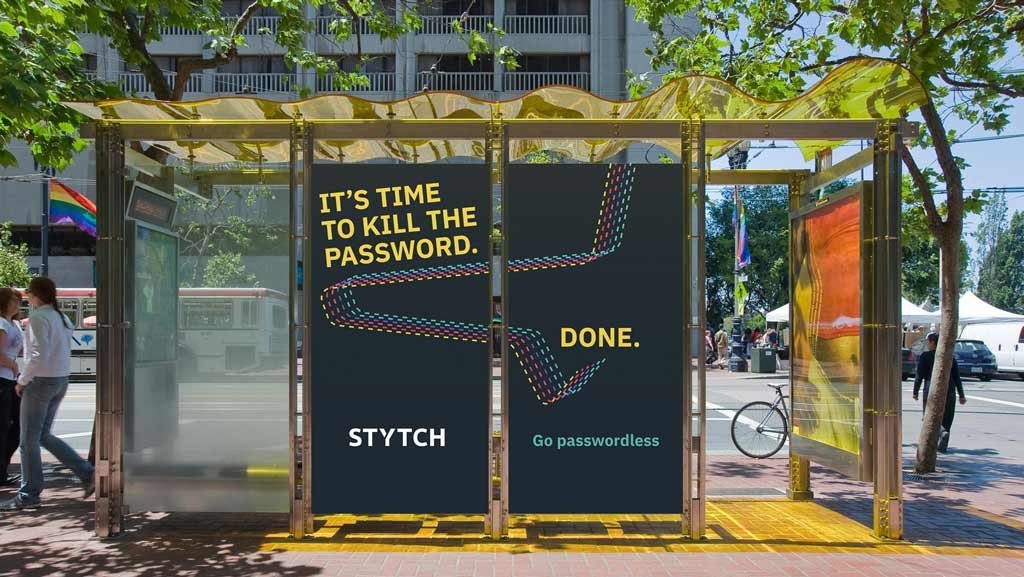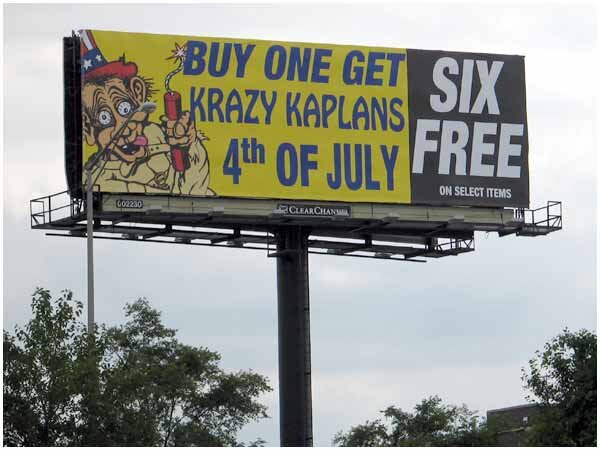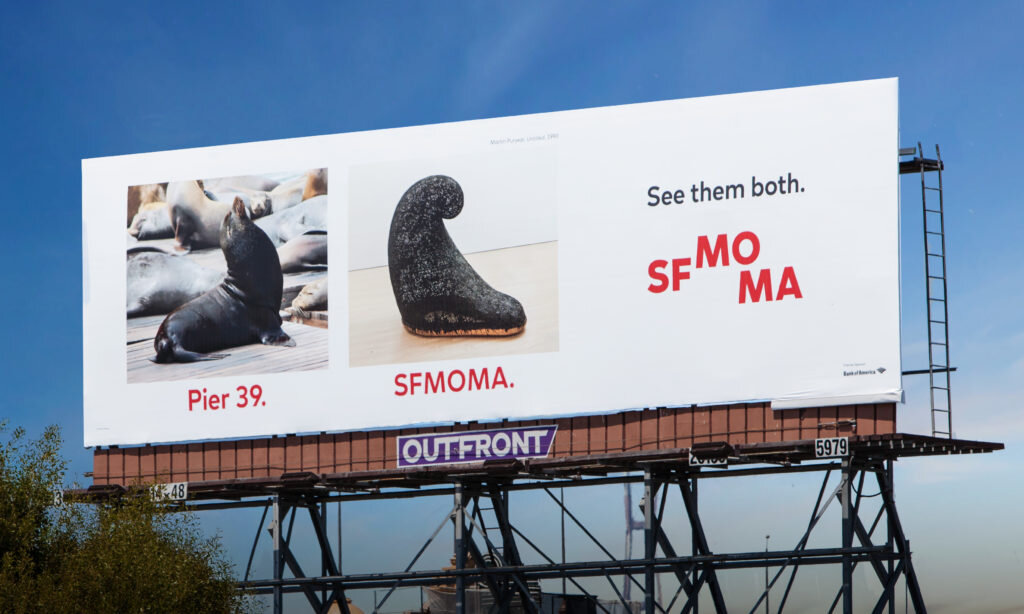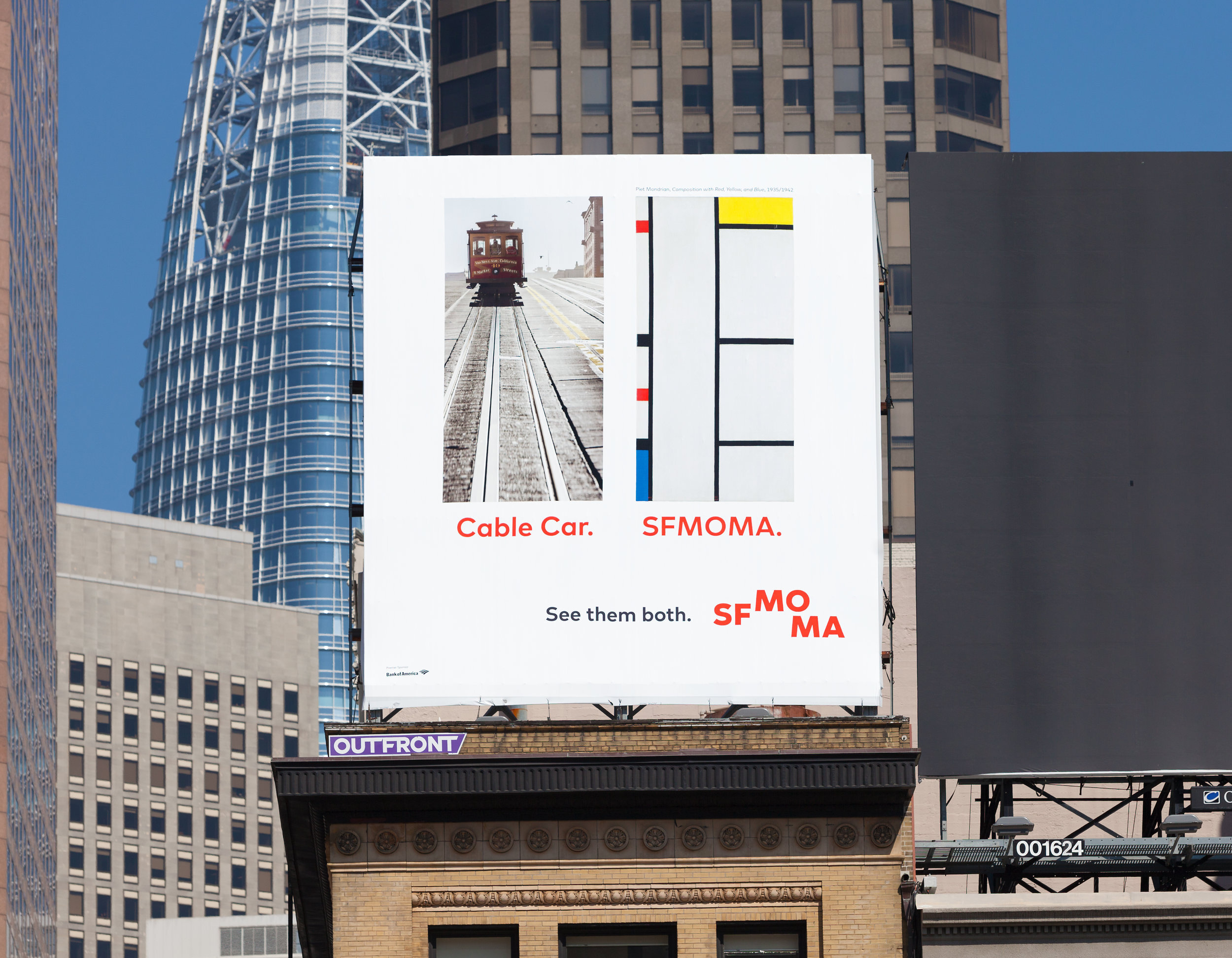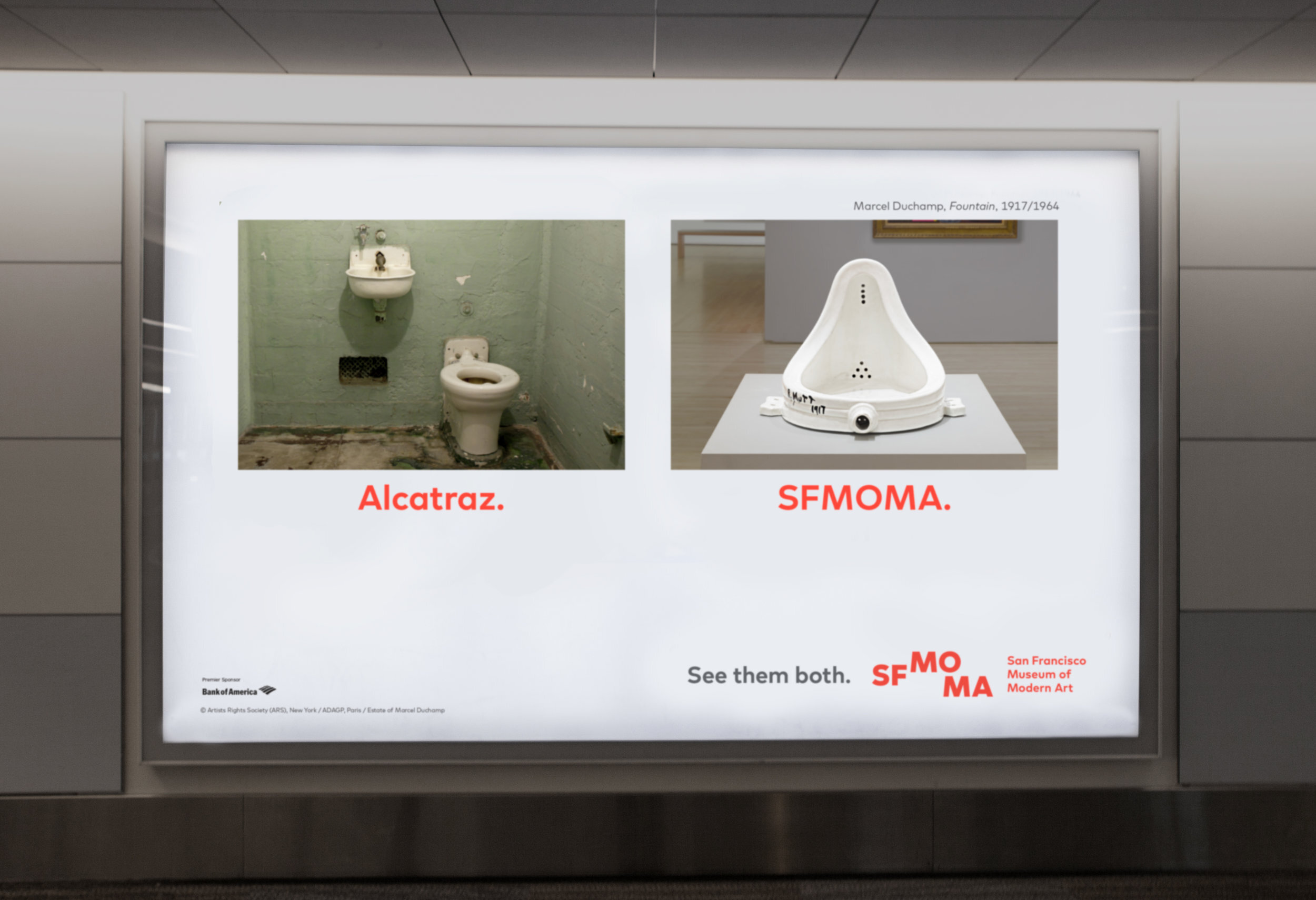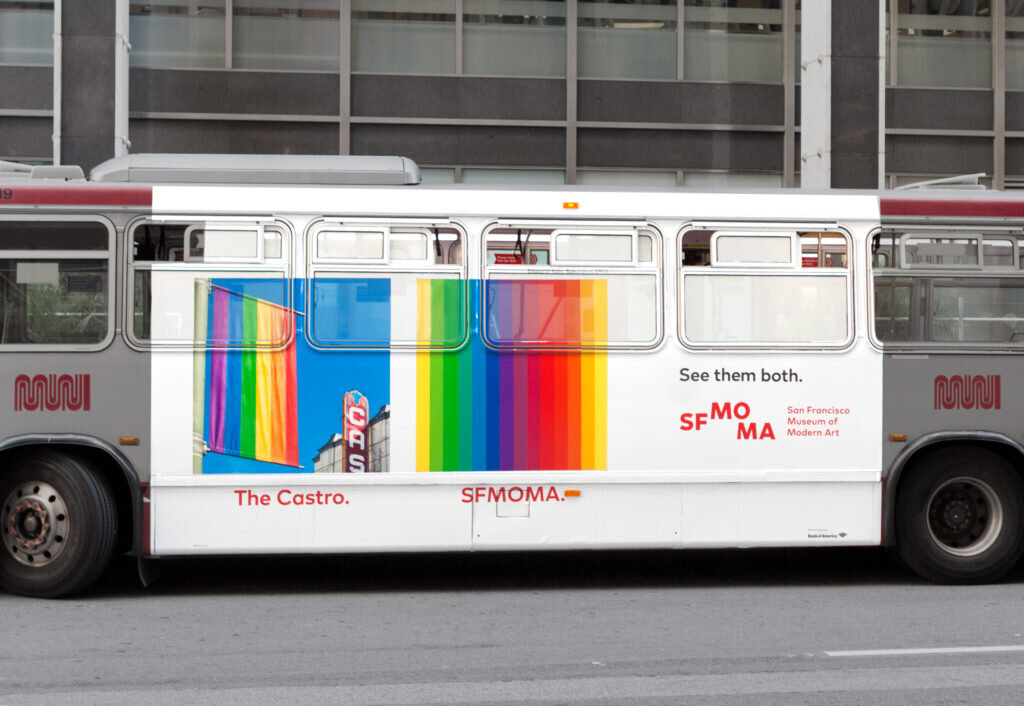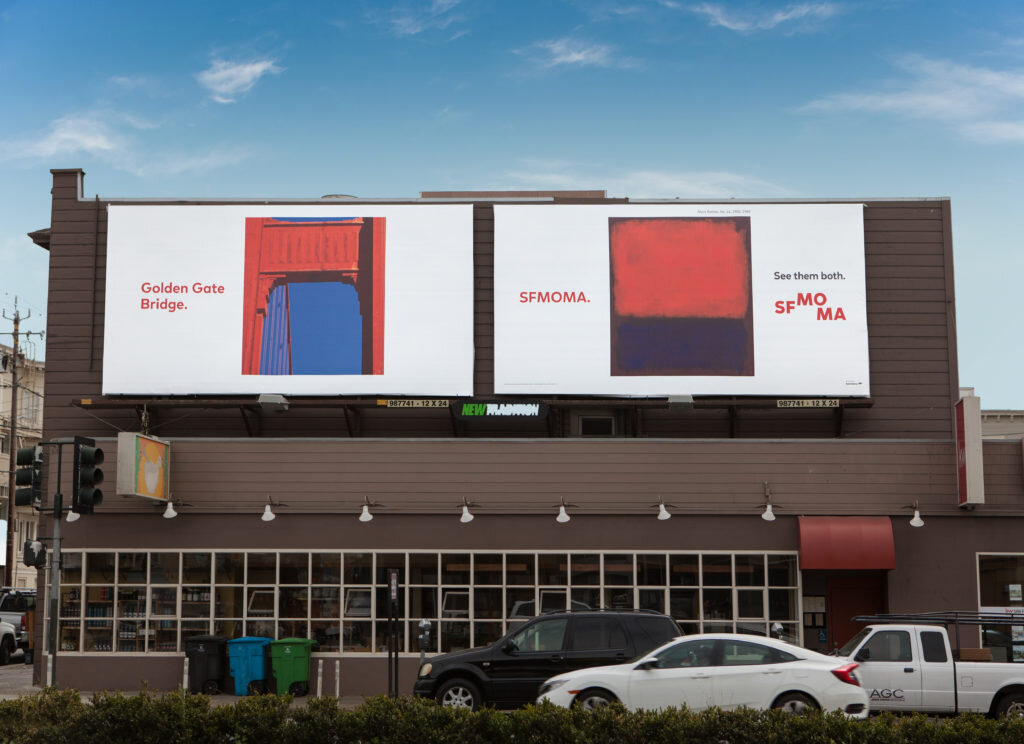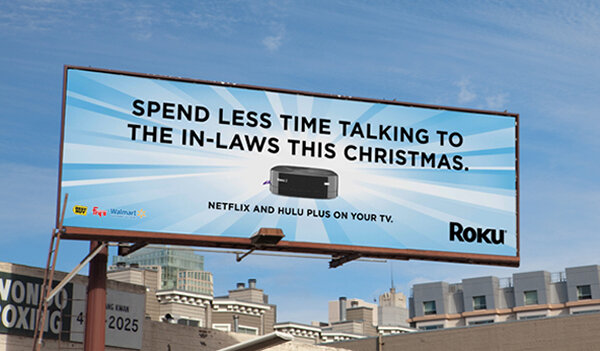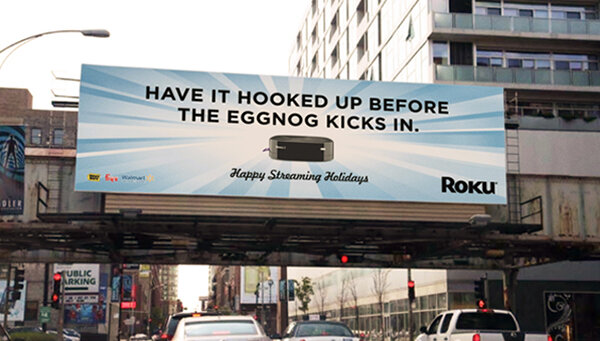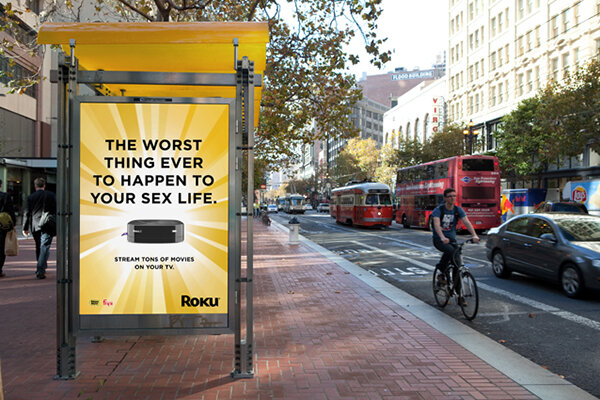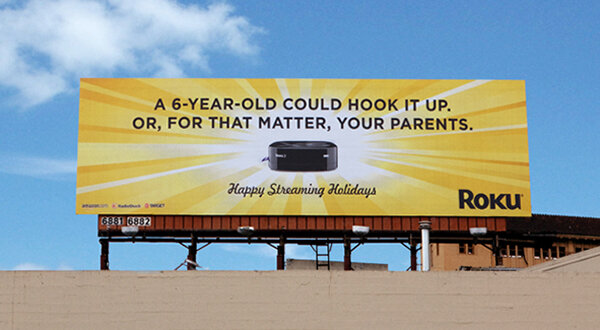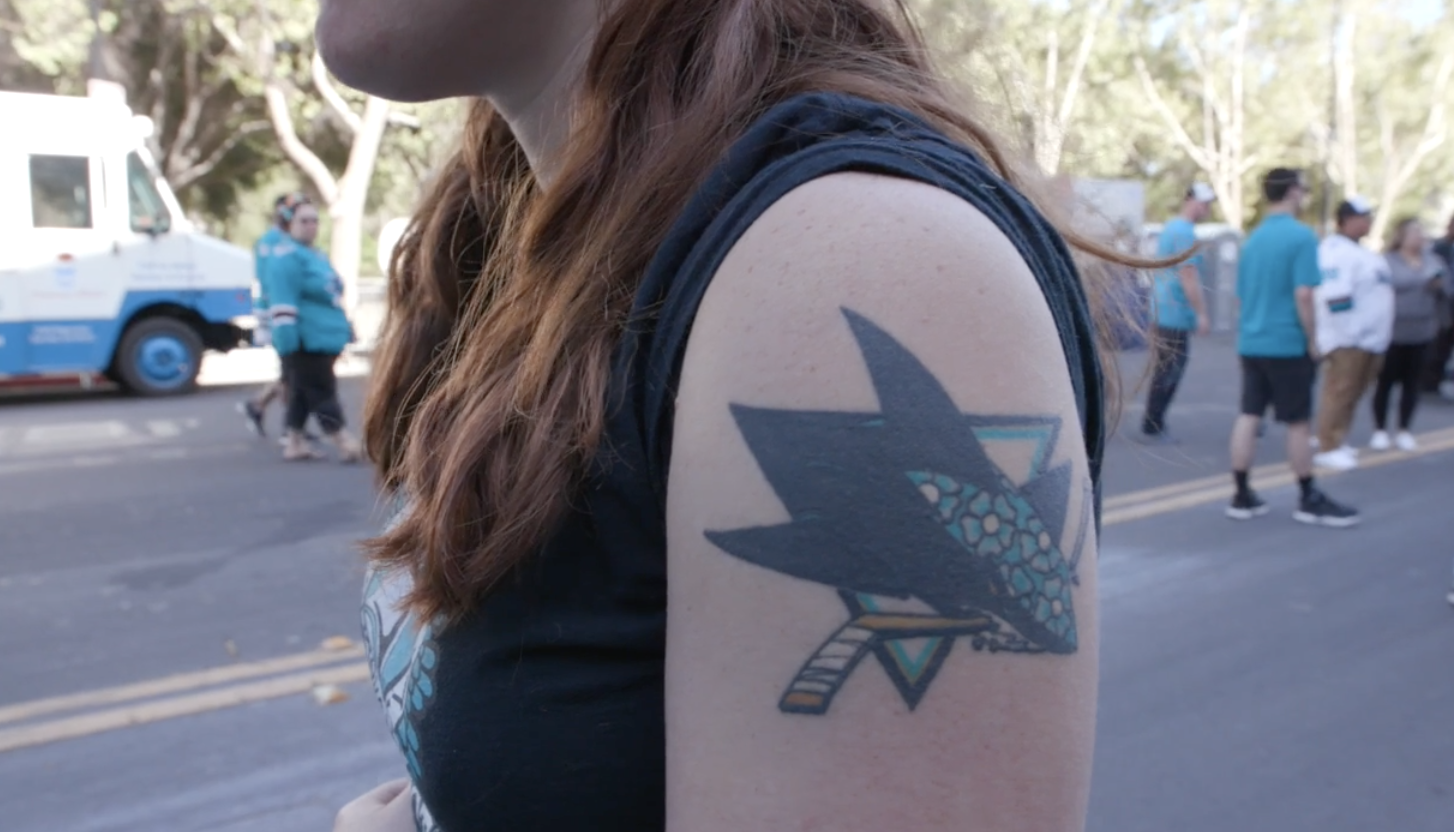Properly pairing food and wine is a culinary art. Sommelier certification programs can take more than a year to complete with mastery taking far longer. But for the majority of wine drinkers out there, red with meat, and white with fish works just fine. The average wine drinker doesn’t need a Sommelier suggesting wines by the course. Because they’re at the grocery store just trying to grab a bottle before their kids melt down in the cart. And the wine that’s on, pretty much, every grocery store shelf, is Bogle. This family vineyard in Clarksburg California makes $10 bottles of wine that drink like $25 bottles and has grown in popularity because they’re high on quality and low on pretension.
Of course, you can pair a Bogle Cabernet with a Chateaubriand. But it pairs equally well with a ball game, a book club, or a TV binge night. And this was the insight that led to our latest campaign, which is now running on Hulu and SiriusXM. “Better with Bogle” is based on the notion that plain, old everyday life activities are made just a little better with a glass of wine. Good things become great. Great things become exceptional. Lousy things become, well, less lousy. Pretty simple, but true. See the campaign HERE.
We started last year by sponsoring the Fantasy Football Channel on Sirius XM. Jeff Manns and Jeff Radcliffe talk fantasy all through the season and Bogle makes any draft better, game better, win better, and loss better. We found a passionate audience who loves Fantasy Football and found that a whole lot of them are Bogle fans too. This year we expanded our partnership to include Mad Dog Sports, College Sports Radio and Hulu.
And, just recently, we launched two new TV spots. One focused on how watching TV is better with Bogle. The other focused on how any random Tuesdays are better with Bogle. Social media focuses on how gatherings, parties, visits with the neighbors, any social events and, actually, non-social events are better with Bogle.
We’ve been Bogle’s Ad Agency for a few years now and they did not get where they are because of advertising. Let’s be clear on that. Bogle is a family-owned vineyard that’s been making wine for three generations and they grew because they make great wines that almost everyone can afford. Not principally because of advertising.
However great brands need advertising at different times in their life cycle. Today, the lower-priced wine market is growing and it’s easier for small brands in specific markets to use advertising and digital marketing to slowly chip away at market share.
Bogle, while large by distribution standards, is still a small, family business. The three Bogle siblings still do everything there. They run it like a small business because to them, that’s exactly what it is. Their vineyard is their home. Their tasting room is their living room. Their kids run around in the fields because it’s their backyard.
So we’ve been moving slowly with the campaign. Launching small initiatives and testing. Trying different media channels and programs and getting feedback from the sales team. Sure competitors like Barefoot paid a ton to sponsor the NFL. But we came in the side door and partnered with SiriusXM Fantasy Radio to talk to a small but passionate audience. Millions of people watch NFL football games, but only the diehard fantasy players (of which I am one) listen to the Fantasy Channel.
It’s an intentional audience. Fantasy Radio does not play passively. Listeners are listening and sometimes even writing stuff down! So this is a perfect place for Bogle to carve out a passionate audience. Same with Hulu. People watching Hulu make an active plan to watch X, Y or Z show. And different Hulu shows attract a different, but dedicated audience. And we can use Hulu affordably to test different plans and prove success.
Like the wine itself, the ad campaign production was budget-friendly. We shot for one day with Seamless Content and captured a ton of footage plus stills. Then we trolled stock footage and existing video to create a montage of scenes that mimic the chaos of everyday life. Faruk Sagcan layered in unique type for every scene to create a pallet that constantly changes, yet still stays true to the Bogle brand.
Ryan Kavanaugh and Doug Walker at 1606 cut it all perfectly and we couldn’t be happier with the way it came out. Thanks to our clients at Bogle, Whitney Hartwell, Paul Englert and Drew Burgess + Justin Witt and Chris DaCruz at SeamlessContent.co and of course, Rebecca Reid, Faruk Sagcan, Ruby Noto and Dawn Margolis at Division of Labor.
We know there are lots of good San Francisco ad agencies out there. And we’re honored that Bogle chose us to help elevate their brand.
#######
The Small Agency Blog is produced by Division of Labor; the ad agency for startups, based in San Francisco, twice named Small Agency of the Year by Ad Age. The award-winning creative shop services a variety of clients and specializes in startups that have obtained Series B financing or higher. They also offer freelance services. Click here for a free consultation.



